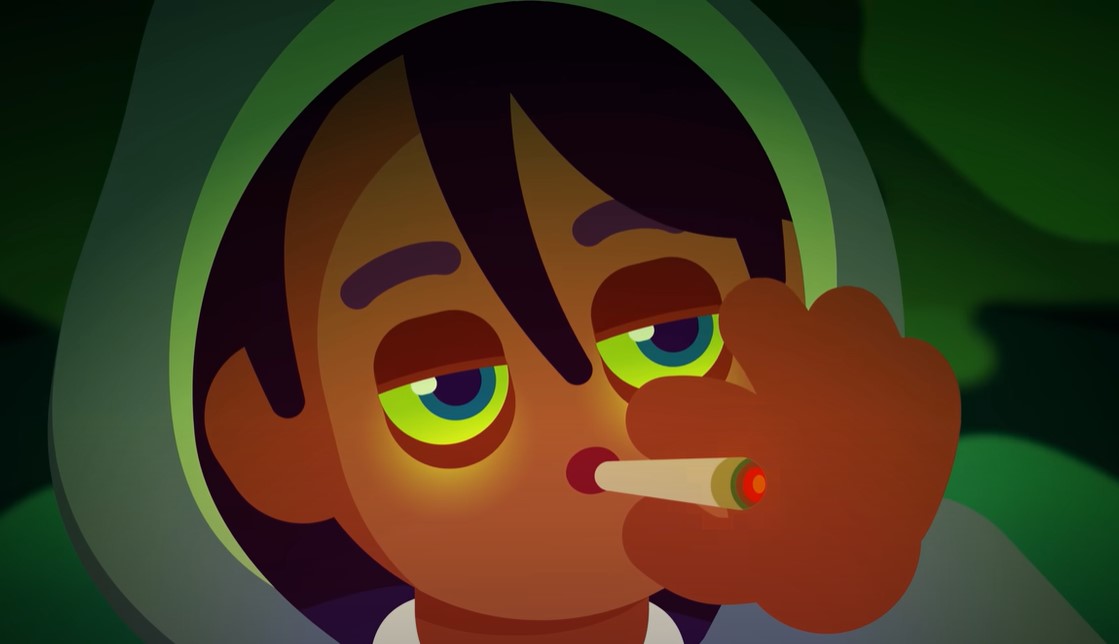Cannabis
Although recreational and medical possession, use, and sale of cannabis is legal in the state of Maine, cannabis is banned on all UMaine campuses and facilities. This includes all forms and delivery methods.
Since recreational use of cannabis has been legalized in the state of Maine, cannabis use has continued to climb. This has led to a more varied and dynamic set of delivery methods, and while some are marketed as safer, each of them contains an amount of risk.
You’ve probably heard some information about cannabis. Let’s talk about those “facts,” and what updates current research has discovered.
“Cannabis? Don’t you mean marijuana?”
The current term for this substance is cannabis. There are a variety of reasons for this change, many of them rooted in outdated and racist classifications. To provide more information NPR released a piece detailing the history of the terms.
“We’ve had cannabis around for years – It’s totally natural!”
Cannabis has incrementally changed in potency throughout the past few decades. Tetrahydrocannabinol (THC) is the psychoactive ingredient in cannabis products. Throughout the 1960s to the 1980s, most cannabis products contained around 2-4% THC. According to current scientific research, the level of THC in the majority of cannabis products has grown to 20-30% (even upwards of 99%) THC. That means that you can be affected in a stronger way by much less cannabis than you anticipate. Like alcohol, be cautious of the THC content in cannabis, especially consumable products. Different methods of delivery have different severity and timelines of how they affect the user.
“Cannabis isn’t addictive, so it’s safe to use!”
This statement is very misleading. Crossbreeding and manufacturing have engineered cannabis to become much more potent and even more addictive in the process. Studies are showing that what starts as cannabis use disorder can quickly turn into a cannabis addiction. The signs of withdrawal mirror some of the reasons people use cannabis in the first place! This study found that no reliable link exists between cannabis use and better sleep outcomes, in addition to increased problems during withdrawal periods.
“Kids aren’t using cannabis.”
Education and knowledge are even more important now because cannabis use among adolescents is on the rise.
“Low doses of cannabis aren’t dangerous.”
The short and sweet answer is that there is no truly safe dose of cannabis. Because of federal limitations, here hasn’t been scientific research on the safety of levels of THC.
So, what do we know?
Research is ongoing and quickly evolving, but here is what we are finding through research:
- THC, and any of the new derivatives such as Delta-8 et al., is a psychoactive drug that affects how your brain works and causes changes in mood, awareness, thoughts, feelings, or behavior.
- Since THC is psychoactive, cannabis use can exacerbate mental health issues like depression, anxiety, and suicidal ideation.
- Cannabis use affects the development of the brain in adolescents, specifically the parts of the brain responsible for memory, learning, attention, decision-making, coordination, emotions, and reaction time.
- Cannabis product smoke contains many of the same toxic and carcinogenic chemicals as tobacco, including more if vaped.
- Mixing Cannabis and alcohol can be associated with increased social behavioral and mental health issues.
- 1 in 10 cannabis users will become addicted, but, for users that start before 18, the rate is 1 in 6.
- Watch the following video for a quick overview of the current cannabis research:
Where do we go from here?
In summary, here are a few key facts to remember:
- All forms of cannabis are banned on UMaine’s campus.
- There is no recommended or safe dose of cannabis or THC percentage/mg.
- As with anything you consume, be very cautious about what you are consuming and research/understand the risks of doing so.
- Modern cannabis products contain a much higher THC percentage, which means they affect us differently than they used to.
- If you are interested in taking a T-Break, the University of Vermont offers a free and very detailed guide to help plan and get through it!
- There are a number of apps such as Grounded that may help to manage cannabis use.
If you have any questions, we are here in the Student Wellness Resource Center to help!

